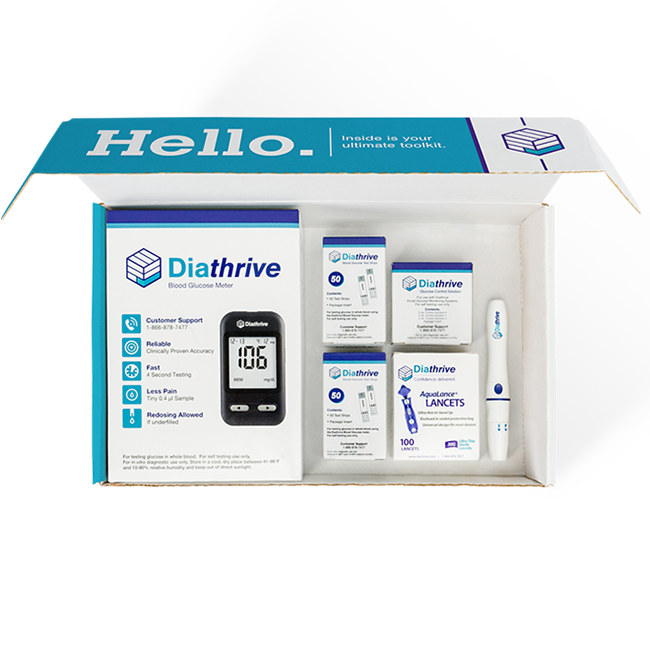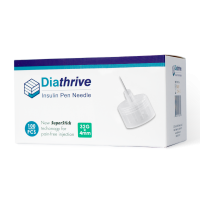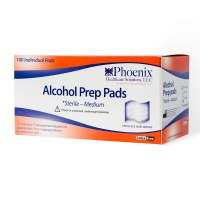
Gastroparesis is a form of neuropathy called autonomic neuropathy when the nerves that control involuntary bodily functions are damaged. It is most common in people who have had diabetes for over 10 years and have presented with other microvascular complications such as retinopathy and cardiovascular disease. Estimates of the numbers of people with diabetes that develop gastroparesis vary widely, but a recently published review in the respected journal Diabetes Spectrum (2020), suggests an incidence of 5.2% in people with type 1 diabetes, and 1% of those with type 2 diabetes over a ten-year period. The estimates from the National Institute of Health (NIH) from 2010 are much higher, suggesting up to 40% of people with type 1 diabetes and 30% of those with type 2 diabetes develop some form of gastroparesis. It is estimated that approximately 5 million patients suffer from some form of gastroparesis in the United States which is 4 times more common in women than men. There is no evidence that gastroparesis has an impact on mortality, but it can have a huge impact on the quality of life.
Signs and Symptoms of Gastroparesis
Symptoms of gastroparesis for people with diabetes can range from moderate to severe and can include:
- Feeling of fullness early when eating
- Lack of appetite
- Abdominal bloating
- Nausea and vomiting
- Stomach (abdominal) pain
- Volatile glucose numbers (food absorption is slowed, insulin absorption remains the same)
What Causes Gastroparesis?
Potential causes of gastroparesis can include:
- High blood glucose levels over time
- Damage to the vagus nerve (that determines the movement of food through the gut)
- Post gastric surgery
- Post viral syndrome
Some medications – of note – GLP 1 medications to treat diabetes should NOT be used by people with gastroparesis as they also slow stomach emptying, though they do not cause the condition.
How is Gastroparesis Diagnosed?
Diagnosing gastroparesis initially requires a physical exam which can assess stomach bloating and tenderness. Reviewing nutritional status may provide additional information. Often people with gastroparesis are very thin. Tests to rule out any possible obstruction are conducted (for example an MRI). Once that has been ruled out a study to determine gastric motility is ordered. Different foods are utilized during the testing period and gastric retention is assessed.
Gastroparesis Treatments
Gastroparesis is a chronic disease and not generally cured by treatments. However, there are multiple treatment methods to help control or manage symptoms, including:
-
Changes in eating habits which includes limiting spicey, acidic and fatty foods. Eliminating carbonated beverages (such as soda pop) which can cause abdominal distention; stopping smoking and alcohol which can slow gastric emptying. Eating smaller, more frequent meals may also help. Most meal plans recommend foods low in fat and soluble fiber. People are advised to seek the guidance of an experienced registered dietitian to develop an individualized plan to reduce symptoms and maintain a healthy nutritional status. Rarely nasal or gastrointestinal feedings may be required to maintain nutritional status.
-
Controlling glucose levels to within target range (70-180 mg/dl most of the time). For people taking rapid acting insulin with meals, the insulin may need to be taken after the meal rather than prior due to the increased time it takes for the glucose from the meal to enter the bloodstream. People using multiple daily doses of insulin may benefit from a continuous glucose monitor and insulin pump to more accurately identify and treat large glucose excursions.
-
Prescription medications may include a class of drugs called prokinetics that help to improve gastric emptying. Metoclopramide is common in the treatment of gastroparesis and has both prokinetics and antiemetic actions. Antiemetic drugs can reduce symptoms of nausea though they do not treat the initial problem of delayed stomach emptying. Many other medications are also available to individualize treatment. people with gastroparesis should be seen by a gastroenterologist for assessment and treatment options.
If you are experiencing wide fluctuations in glucose regardless of effort to maintain them, early meal satiety, nausea, weight loss, and abdominal pain, discuss your symptoms with your healthcare provider and consider asking for a referral to a gastroenterologist. Working with a dietitian that is experienced in gastroparesis can also help you develop an individualized plan to maintain nutritional status regardless of any additional treatments.





